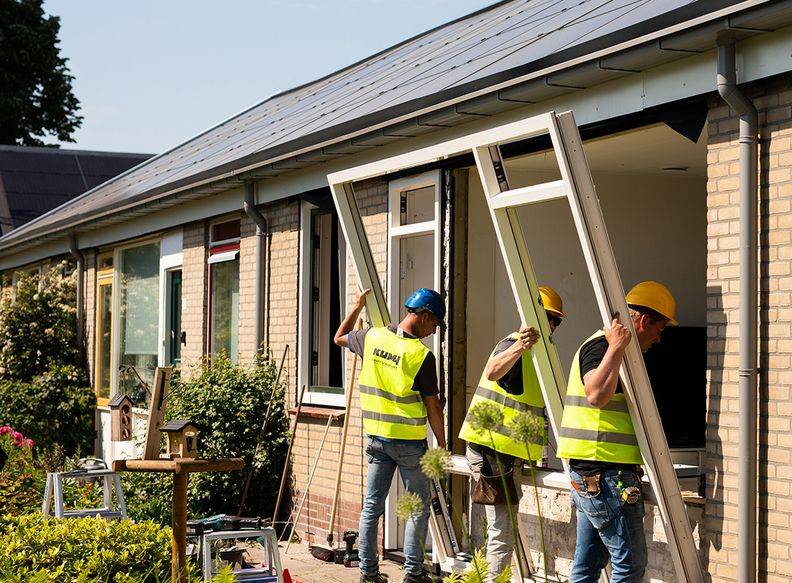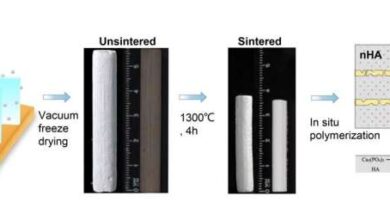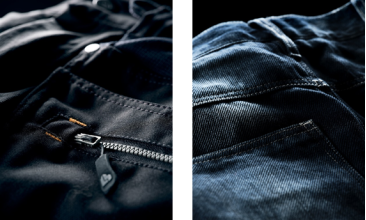
Iranpolymer/ Baspar If there’s one sector that has needed to pull up its socks when it came to sustainability, it was the building construction industry.
The World Green Building Council has estimated that the energy required to construct and operate buildings accounts for around 40% of global carbon emissions, with 10% from embodied carbon from materials and construction processes. Others have calculated that construction and maintenance in cities account for 40% of all materials used, 33% of energy consumed and 50% of waste emissions. Old technologies and conventional materials are common choices in building construction; traditional fossil fuels are still used for heating and cooling. The production, transportation and installation of many building materials are carbon intensive activities. In fact, many people don’t realise that such everyday building materials as steel, cement, and even bricks have a large environmental footprint.
Buildings, it would appear, still have quite a way to go on the road to sustainability. With that realisation, changes are coming – and plastics are playing a part. Already, plastics are used in applications such as seals, windows and doors, pipes, cables, floor coverings, and insulation, and increasingly, the potential of using recycled or biobased plastics is also being assessed. And while post-consumer recycled plastic in Europe is currently used for bricks, kerbstones, and fences, more advanced applications are underway and new closed-loop cycles are being explored.
There is however, one type of plastic that is way ahead of the rest: PVC. It has also long been one of the more controversial. In the late nineties of the last century, aware that it was under scrutiny because of concerns about the lack of recycling, toxicity during manufacture and the health and environmental impacts of the additives used, the industry therefore decided to take action. Rather than wait for the EU to impose measures, the industry instead signed a voluntary commitment to establish an effective collection and recycling infrastructure and to phase out a number of harmful additives.
Today, 23 years later, that initiative – now known as Vinyl Plus – is working on its third 10-year commitment to sustainable development. Remarkably, it has transformed itself from a pariah plastic to a sustainable construction material; among others, by putting a scheme called Recovinyl in place that monitors, verifies and reports European PVC recycling tonnages and the use of recycled PVC in Europe. Of the 813,266 tonnes recycled in 2022 the biggest share, at 408,151 tonnes, was made up of window profiles and related profiles.
Meanwhile, one thing has become clear: efficient waste collection schemes, closed-loop recycling and access to recycled content are crucial to accelerating the transition to a circular economy in Europe – and in that respect, perhaps surprisingly, the PVC industry is a clear frontrunner.
sustainableplastics






